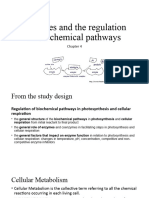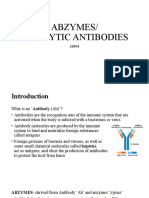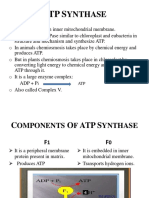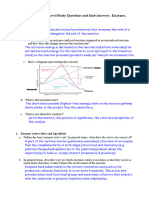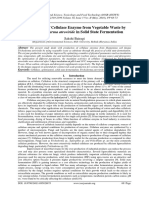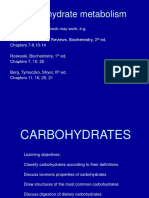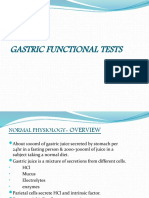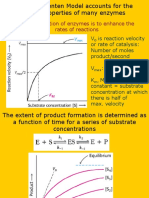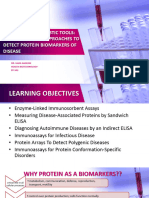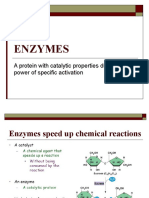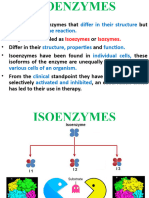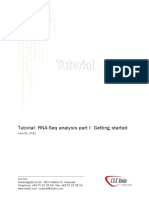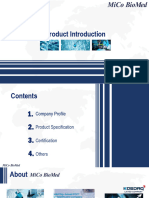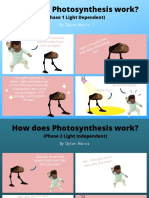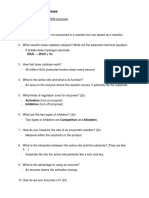0% found this document useful (0 votes)
132 views12 pagesUnit 4 Isozyme Lecture 6
The document discusses isoenzymes, which are variants of enzymes that catalyze the same reaction but differ in amino acid sequence. It details the origin, examples, and significance of isoenzymes, particularly focusing on Lactate Dehydrogenase and Alkaline Phosphatase, as well as Creatine Kinase. The analysis of isoenzyme levels in blood can help identify tissue damage in specific organs.
Uploaded by
AryanCopyright
© © All Rights Reserved
We take content rights seriously. If you suspect this is your content, claim it here.
Available Formats
Download as PPT, PDF, TXT or read online on Scribd
0% found this document useful (0 votes)
132 views12 pagesUnit 4 Isozyme Lecture 6
The document discusses isoenzymes, which are variants of enzymes that catalyze the same reaction but differ in amino acid sequence. It details the origin, examples, and significance of isoenzymes, particularly focusing on Lactate Dehydrogenase and Alkaline Phosphatase, as well as Creatine Kinase. The analysis of isoenzyme levels in blood can help identify tissue damage in specific organs.
Uploaded by
AryanCopyright
© © All Rights Reserved
We take content rights seriously. If you suspect this is your content, claim it here.
Available Formats
Download as PPT, PDF, TXT or read online on Scribd
/ 12













